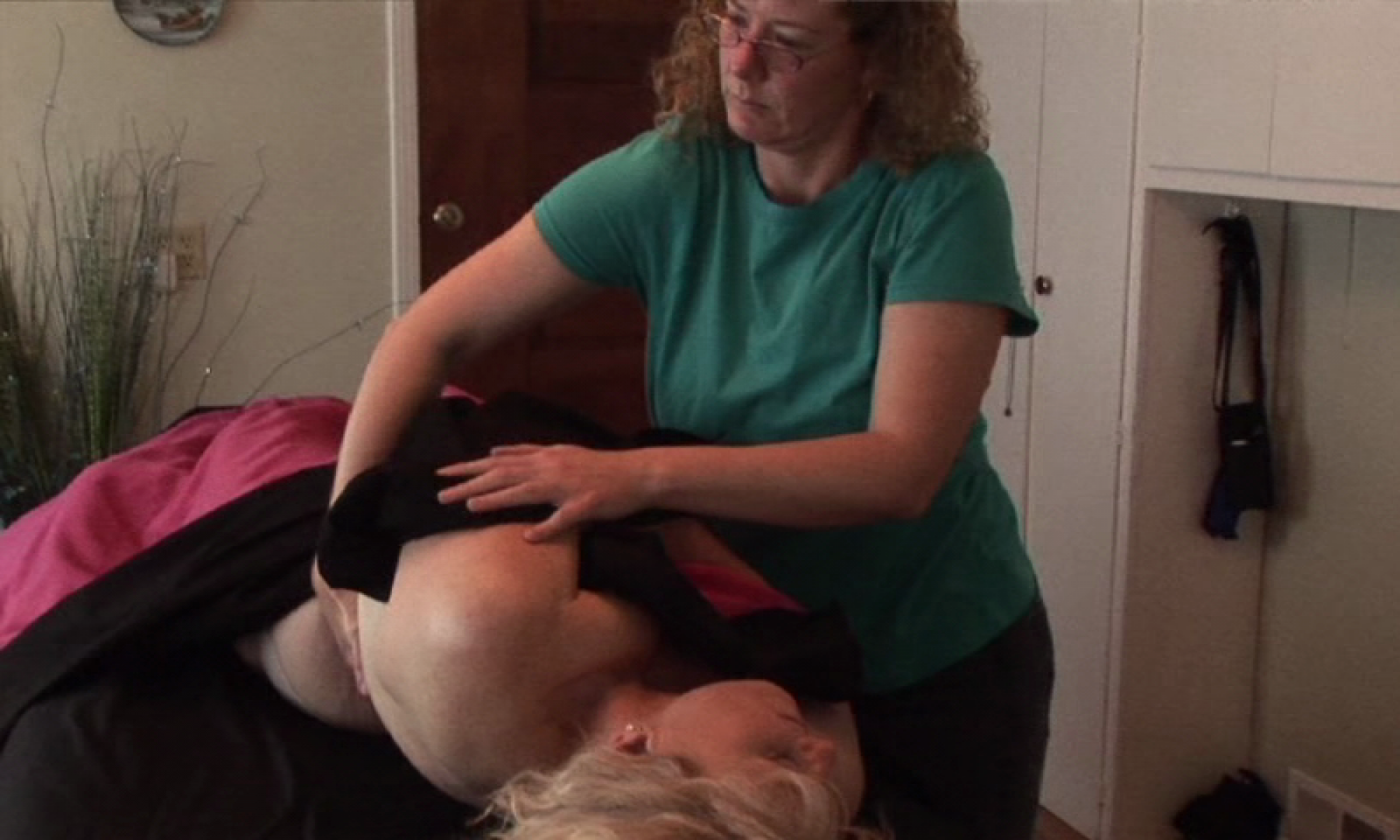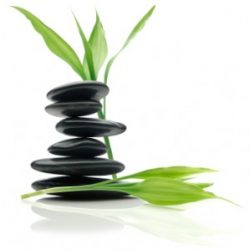According to Coldlaser.Org, “Cold laser therapy is a relatively new technology (about 30 years old) when compared to many alternative therapies like acupuncture (which has been used since 8000-3500 B.C.), chiropractic (since 1895) and physical therapy. Just like the abacus evolved into the computer, many alternative medicine practices are evolving to include light therapy. Cold lasers are sometimes called Low Level Lasers (LLL) or soft lasers.”
In general, cold lasers can be used in 2 distinct ways:
Targeting acupuncture trigger points (similar to acupuncture but without the needles); Or broad coverage of tissue with IR or Red light photons to stimulate healing. Low-level laser therapy (LLLT) is a medical and veterinary treatment that uses low-level lasers or light-emitting diodes to alter cellular function. LLLT is controversial in mainstream medicine with ongoing research to determine whether there is a demonstrable effect. Also disputed are the ideal location(s) of treatment (specifically whether LLLT is more appropriately used over nerves versus joints), dose, wavelength, timing, pulsing and duration. The effects of LLLT appear to be limited to a specified set of wavelengths of laser, and administering LLLT below the dose range does not appear to be effective.
Despite a lack of consensus over its ideal use, specific test and protocols for LLLT suggest it is effective in relieving short-term pain for rheumatoid arthritis, osteoarthritis, acute and chronic neck pain, tendinopathy, neuropathies and possibly chronic joint disorders. The evidence for LLLT being useful in the treatment of low back pain, dentistry and wound healing is equivocal.
LLLT offers a non-intrusive option to acupuncture and surgery. Cold laser are widely use for treatment of: Acute and chronic pain, Ligament sprain, Muscle strain, Soft tissue injuries, Tendonitis, Arthritis, Tennis elbow, Back pain, Bursitis, Carpal Tunnel Syndrome, Fibromyalgia.
Treatment With Cold Lasers:
The cold laser produces an impulse of light at a specific wavelength (usually 800 to 900nm) that minimizes reflection and scattering but maximized absorption of the the energy (in photons) at a desire depth.
Some conditions like joint pain require a deep penetration (4-5 inches) that can only be achieved using a powerful laser emitter. Many systems also have other lower wavelengths and lower-power emitters for treating shallow tissue (like the lymph system or surface scars). For shallow treatments, light emitting diodes (or LEDs) with a shorter wavelength (700nm) are more cost effective for adding photons to the shallower tissue. In addition, red light diode with a wavelength of 660 NM may be used to add energy to even shallower levels of tissues. It is the general consensus that wavelengths below 660 nanometers are very easily absorbed in the surface tissue and are not optimized for deep tissue healing.
The goal of laser therapy is to deliver light energy units from infrared laser radiation, called photons, to damaged cells. It is the consensus of experts is that photons absorbed by the cells through laser therapy stimulate the mitochondria to accelerate production of ATP. This biochemical increase in cell energy is used to transform live cells from a state of illness to a stable, healthy state.
With over 4000 studies have been conducted in recent years to validate the effectiveness of cold laser therapy, cold lasers treatment systems may be cleared by the FDA.
General Therapeutic Laser Biological Effects:
- Increased Cell Growth: Laser photons accelerates cellular reproduction and growth.
- Increased Metabolic Activity: Photons initiate a higher outputs of specific enzymes, greater oxygen and food particle loads for blood cells and thus greater production of the basic food source for cells, Adenosine Tri-Phosphate (ATP).
- Faster Wound Healing: Cold laser photons stimulates fibroblast development and accelerates collagen synthesis in damaged tissue
- Anti-Inflammatory Action: Laser photons reduce swelling caused by bruising or inflammation of joints resulting in enhanced joint mobility.
- Increased Vascular Activity: Laser photons induce temporary vasodilation that increases blood flow to effected areas.
- Reduced Fibrous Tissue Formation: Laser photons reduce the formation of scar tissue following tissue damage from: cuts, scratches, burns or post surgery.
- Stimulated Nerve Function: Laser photon exposure speeds the process of nerve cell reconnect ion to bring the numb areas back to life.
- Pain Reduction: Almost all systems have a mode of operation specifically designed to reduce pain.

Benefit of Cold Laser Treatments:
Easy to apply
Extremely safe
Non-Toxic
Non-Invasive
No pain
Highly effective in treating ailments (more than 90% efficacy)
Works synergistically with other health modalities like Chiropractic, Acupuncture, and Physical Therapy
Treatment with the LLLT is easy, painless, and carefree. Each session takes less than an hour or less (depends upon treatment areas). The low-level laser is used for up to a total of 2 minutes per site. The minimum suggested treatment period is two weeks, with three full sessions each week.
Many patients have described the session as relaxing, and even Zen. You simply lay in a comfortable, stationary position, in a relaxed environment, while the cold laser does all of the work. You may feel nothing during the procedure, or have a sensation of pulsing, tingling or pressure. You may feel a bit different and lighter as you exit the treatment center due to the bio-stimulation that begins in your body.
You are welcome to listen to music of your choice, or just close your eyes and rest during the procedure. You could even combine this treatment with a massage or an Amethyst Crystal BioMat session for a total relaxation experience.
Sessions are available as single sessions or in packages of 3 or 6 treatments. Call Andrea for costs and to schedule your treatment session.

